Mozambique’s Gorongosa National Park shows that coffee and conservation go hand in hand
As first appeared in Integrity Magazine, in Mozambique, here. Written by Omardine Omar.
March 23 2023
The project started with 14 farmers, now supports over 900 while also restoring degraded forests
The Gorongosa Project markets the coffee internationally, and much of it is sold to wholesalers in the UK and USA.
Image by Clint McKoy.
The Gorongosa Coffee Program, located in Mozambique’s Sofala province, has become a major commercial operation and a national and international brand. It is one of the human development initiatives of The Gorongosa Project, a long term partnership between the Mozambican government and an American philanthropist.
The coffee program started in 2013 with the planting of nurseries in an area of 0.5 hectares. With experimentation and use of new coffee bean genotypes, based on their adaptability to the climate and soil of the mountainous massif of Gorongosa, productivity and resistance to diseases, cultivation now covers an area of approximately 300 hectares.
Farmers have planted more than 250,000 seedlings of indigenous trees and harvested 150 tons of coffee beans, which were processed internally and later sold to different markets, with particular emphasis on the UK, USA and South Africa.
According to The Gorongosa Project Highlights Report of 2022, the Coffee Program is part of the trilateral cooperation between Mozambique, Portugal and Brazil, which allowed seven new varieties to be tested, including: “Acauá , Catuaí Red IAC 44, Catuaí Amarelo 25L, Catuai Tinto 285/15, Catuai Japi 19/08, Catuai Tinto IAC 81, Catuaí Amarelo IAC 39, and two existing ones (Catmor Costa Rica 95 and Catmor 128).”
National technicians are at the centre of production, such as Sional Sérgio Moiane, the Gorongosa Coffee Program supervisor, who was trained in Brazil and Zimbabwe in the areas of training in the coffee value chain, as well as in coffee tasting after harvest.
Moiane “opened the book containing the details that make Gorongosa coffee different from others.”
Speaking to our reporter, he revealed that officially there are 127 species of coffee registered in the world, however, the exercise to produce a good coffee requires a high level of expertise and technicians totally focused on different areas – from planting, harvesting, drying, processing, manufacturing the coffee, until it reaches the market.
Moiane added that the quality of coffee is in the details, a fact that leads the technicians involved to master all stages, to correct any non-compliance that may be detected in the coffee production process.
To this end, the Gorongosa Coffee Program hires 16 field technicians and other permanent and non-permanent workers. This allows them to produce green or golden coffee, natural coffee, and washed coffee, among others.
The Gorongosa Coffee Program started with 12 producers in 2014 and currently has more than 900 producers. The coffee factory purchases beans from farmers at the cost of 1000 meticais (£13) per kilogram. It takes seven to ten minutes to process a 60-kilogram bag in the factory.
It is integrated in Gorongosa National Park, one of the greatest success stories in the recovery of wildlife in Africa and in the world. After decades of deforestation in the Serra da Gorongosa, the planting of coffee and other crops led to the reforestation of the park, thus restoring balance to the ecosystem and guaranteeing, at the same time, the subsistence of those involved in the program.
This article is reproduced here as part of the African Conservation Journalism Programme, funded in Angola, Botswana, Mozambique, and Zimbabwe by USAID’s VukaNow: Activity. Implemented by the international conservation organisation Space for Giants, it aims to expand the reach of conservation and environmental journalism in Africa, and bring more African voices into the international conservation debate. Written articles from the Mozambican and Angolan cohorts are translated from Portuguese. Broadcast stories remain in the original language.

